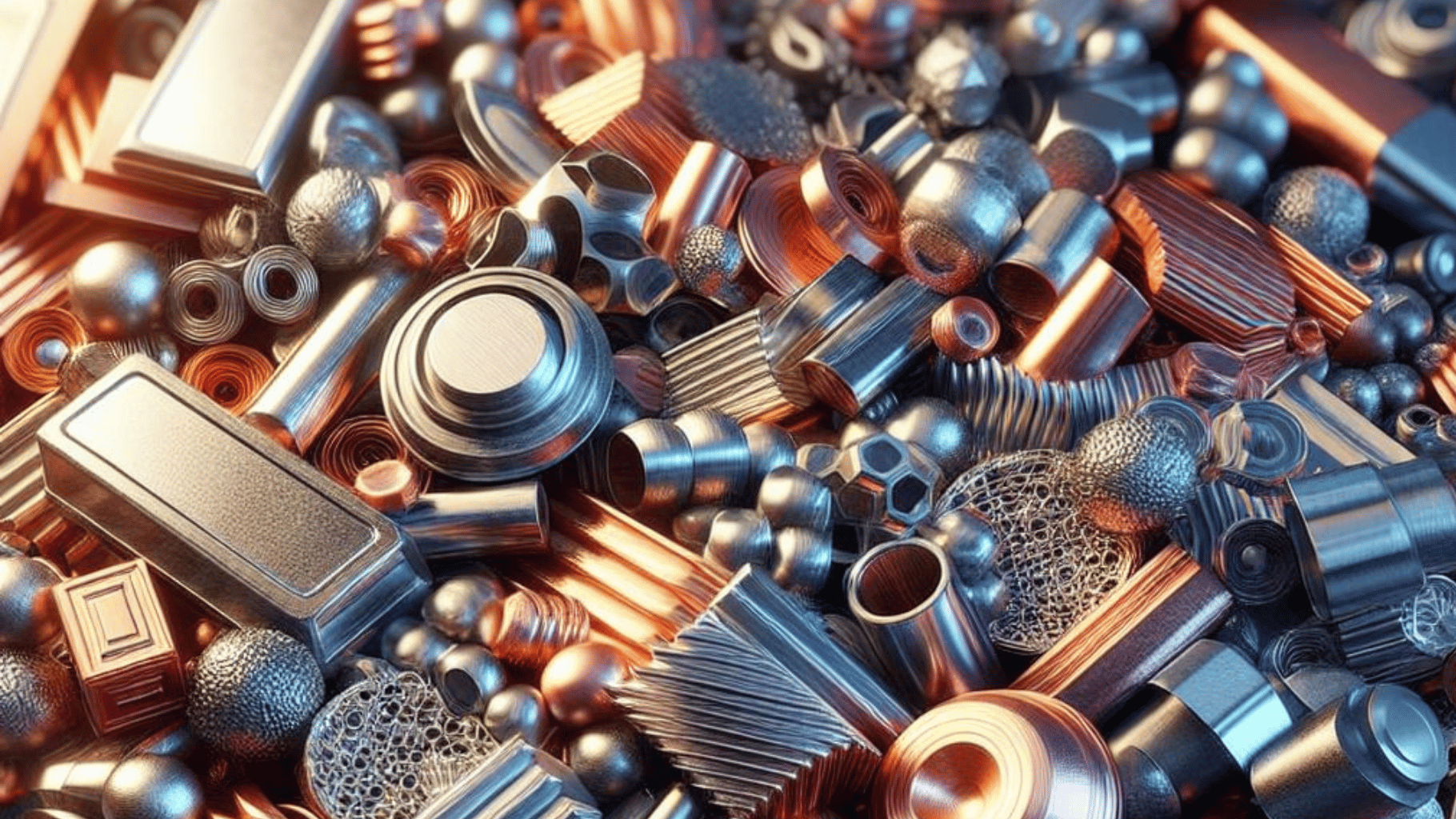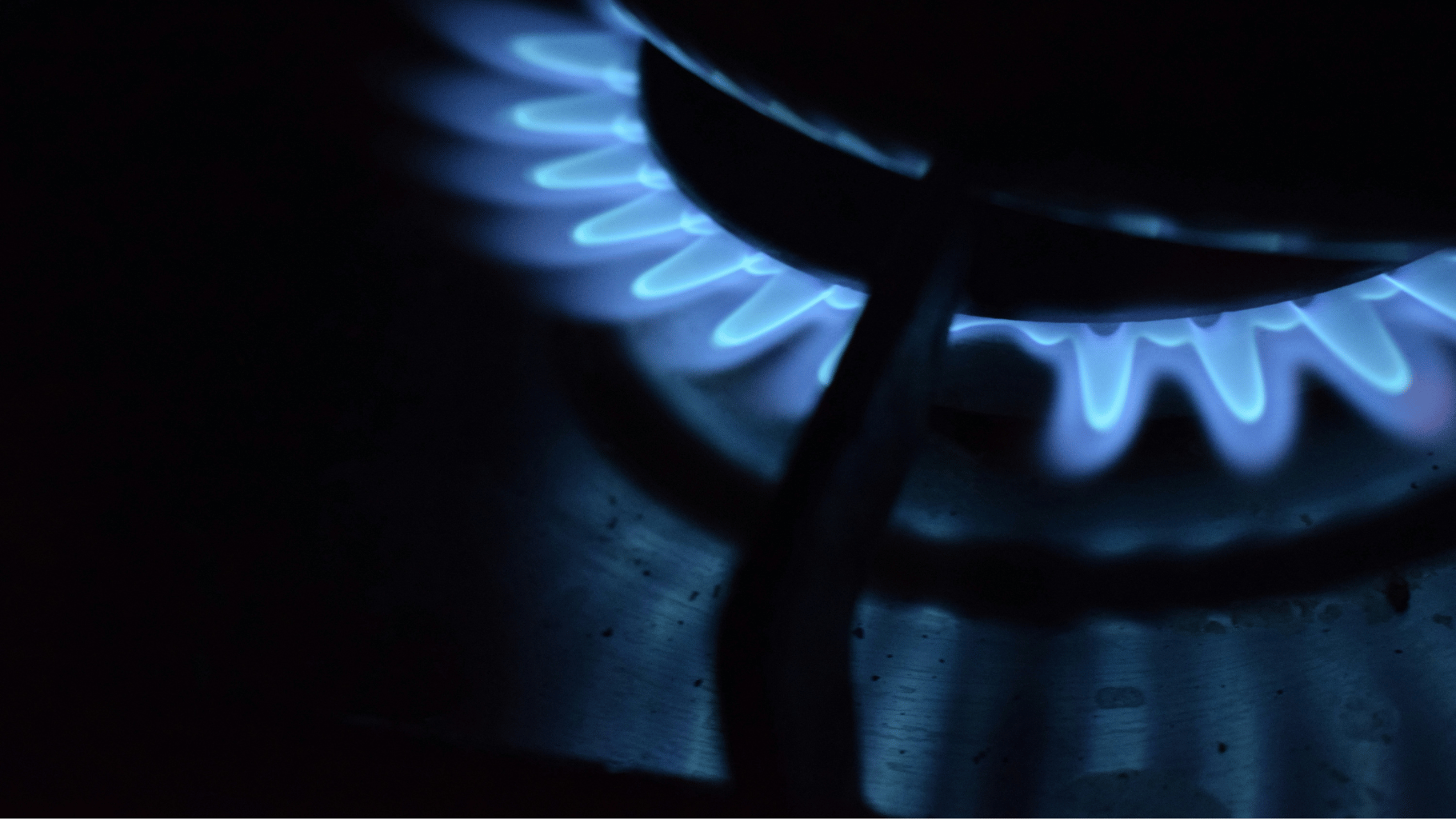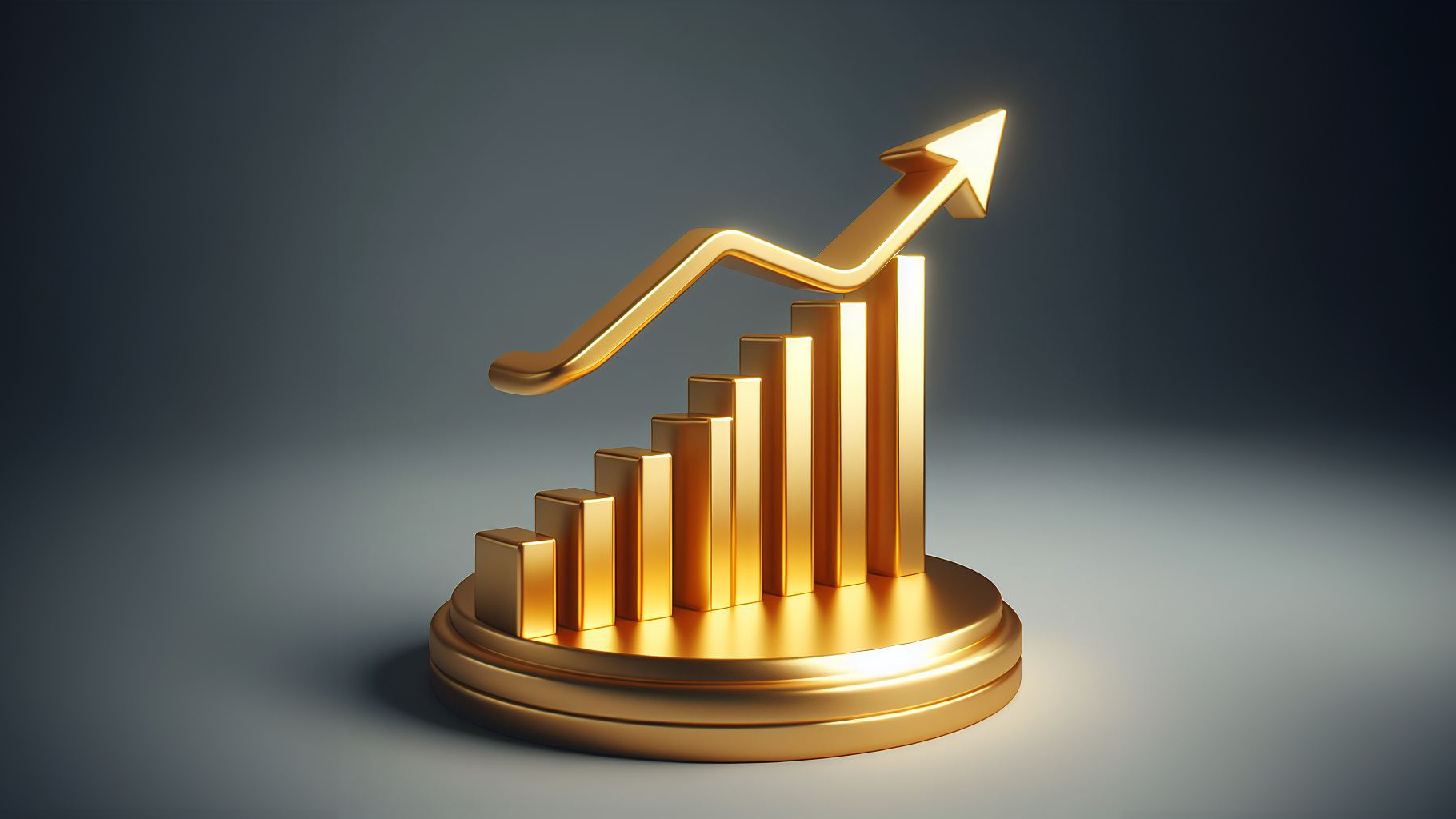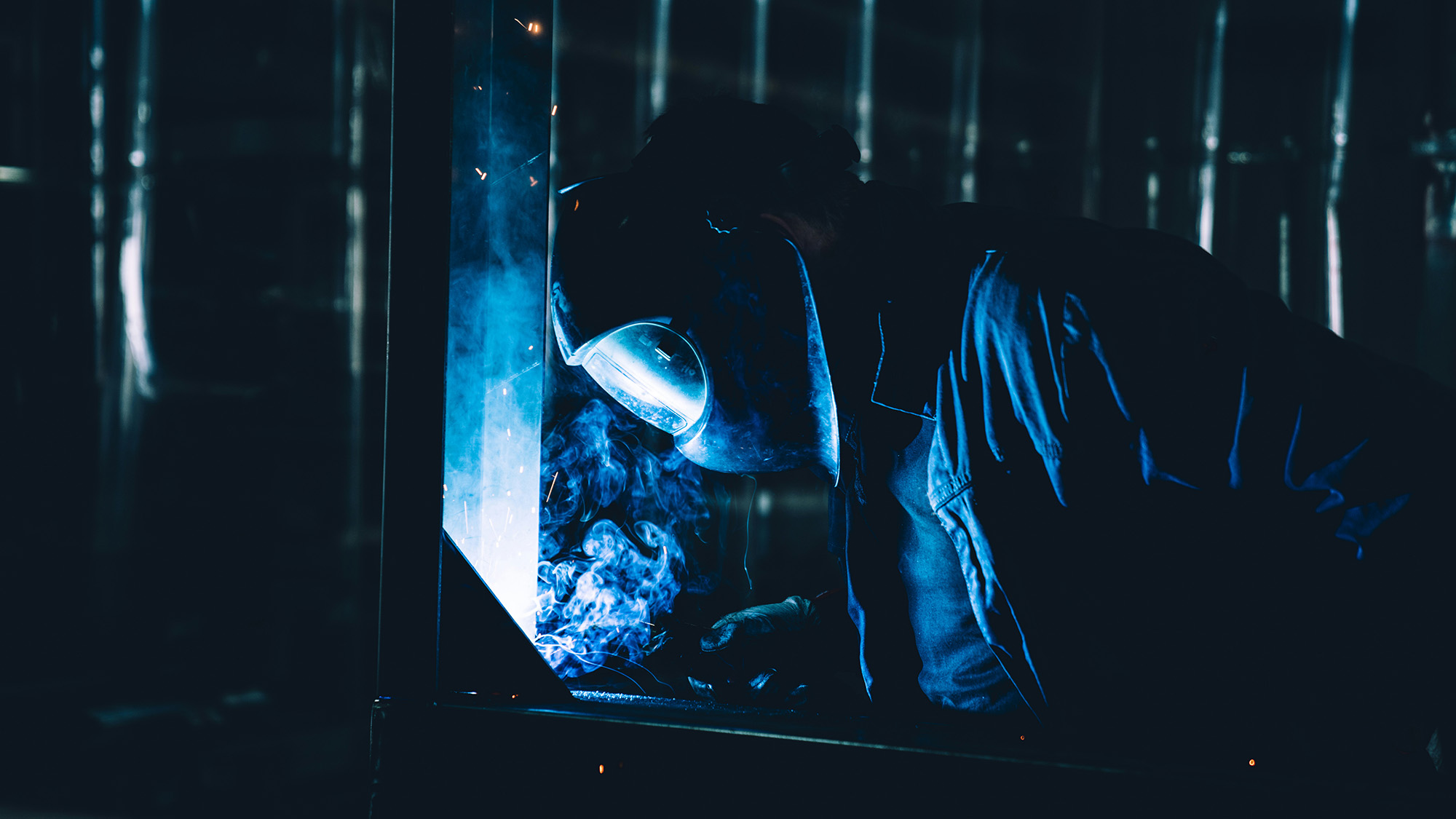2023 saw gold eke out a 17% gain for the year while many of the other metals had a year to forget. Uranium has had a good run, but lithium and nickel got smashed, with many company share prices feeling the brunt of it.
Heading into 2024, the momentum behind the gold price continued, with record highs being set on a pretty regular basis over the past few weeks.
The base metals price drop continued into February, at which time Australian Governments realised the strategic importance of these minerals and kicked off discussions about potential industry support mechanisms.
Interestingly, it was around the time of these Government nickel intervention crisis talks that a curious (and welcome) thing happened. Base metal prices bottomed out and started a commodity price recovery that hasn’t properly been appreciated by the equity market quite yet.
Starting with nickel, a saturation of the market by Indonesian production knocked out about 30% of Australian production and put another 30% at risk. From starting 2023 with a price of US$29,775/t, it dropped to a low of US$15,926/t in early February this year. Since then, the price has rallied somewhat, up 21% to US$19,280/t today. Whilst it is still below the levels for much of the new investment in the pipeline, or potentially that needed for the remaining Australian producers to keep the lights on, it is certainly heading in the right direction.
Copper is another base metal that has seen a roller coaster ride recently. In January 2023, the red metal was fetching US$9,340/t before falling to US$7,875/t towards the end of October. Over the past six months, the price has recovered 25% to be at US$9,815/t, levels not seen for over two years. After the recent CESCO Copper Week in Santiago, Chile, analysts from BMO Capital reported that the mood was ‘Buoyant but not bullish’. Judging by the two million tonnes of long positions on the LME, it seems like there is confidence that the run can continue.
Tin, the often forgotten base metal, has had an excellent run over the past five months. The tin price bottomed in November 2022 at around US$18,125/t before a mini recovery to ~US$32,000/t during 2023. The price drifted down to US$22,910/t in December 2023 before its recent stellar run to hit US$35,685/t (up 56%), still a way off the US$47,000/t level reached in early 2022. It will be interesting to follow the next few months with one large trader reportedly holding at least 40% of the long positions for May delivery.
Aluminium has benefited from drought conditions in Yunnan Province China, with first quarter production heavily impacted. The aluminium price started 2023 around US$2,540/t before bouncing along around US$2,100 – 2,200/t for the remainder of the year. Since December, the price has risen from US$2,090/t to US$2,645/t, a healthy gain of 26%. In the medium term, there is the potential for the aluminium price to be negatively impacted by restrictions on Russian metal exports imposed by the LME. Without this avenue for sales, there is the potential that Russian production may be sold elsewhere for a discount, putting pressure on LME prices.
Whilst we are only seeing the first quarter of reporting for 2024, if this commodity price momentum is continued, it is not hard to see exploration programs ramp back up and investors start to strongly move back into quality equity stories in these markets.
White Noise communications is provided a fee for service working with companies which may have exposure to commodities or securities mentioned in these articles. All articles are the opinion of the author and are not endorsed by, or written in collaboration with, our clients.






